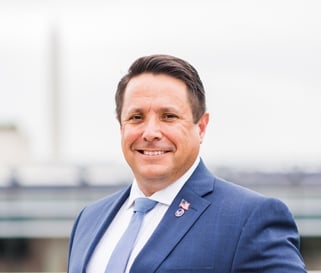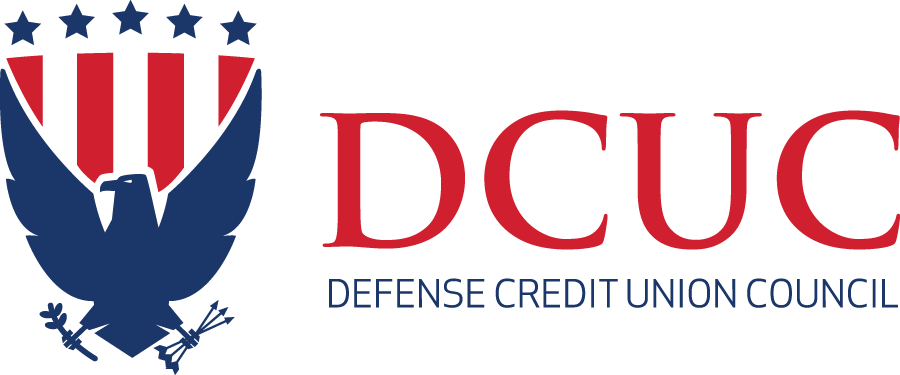Apart from Memorial Day being the start of summer, swimming pools opening, burgers and hot dogs on the grill, what does Memorial Day mean to you? The easy answer is to remember our nation’s servicemembers who gave their life so we can enjoy all the above. There is nothing wrong with this answer—it is entirely correct!
However, here is something more to consider: How many of you know someone who died in service to our country? I am willing to bet that number is getting smaller each year. Again, that is a good thing and should generally be the case. Otherwise, things would be heading in the wrong direction—and no one wants that.
And that is the whole point of Memorial Day—right? The ultimate sacrifices these young men and women made in getting us to this point in our history deserve at least a day of remembrance. So how did Memorial Day get its start in the United States?
The original idea for what is now known as Memorial Day came from Illinois Senator John Alexander Logan in 1869. As a Union general during the war, General Logan used his position as commander-in-chief of the Grand Army of the Republic (an organization of Union soldiers), to issue a proclamation for a national “Decoration Day” to be observed on May 30.
May 30 was chosen since flowers would be in bloom across the United States and these would be usedto decoratethe burial places of Union soldiers. Over 620,000 soldiers died during the American Civil War. As a result, many towns and cities held their own memorial observations for their hometown heroes. In the aftermath of World War I, this day of decoration expanded its scope to include those who died in any war or military action.
Consequently, the name “Memorial Day” became more common after World War II and was officially recognized in 1967 under Federal Law. It was celebrated on May 30 until 1968 when Congress passed the Uniform Holiday Bill which moved Memorial Day to the last Monday in May to extend the holiday over a three-day weekend. There are many who never knew Memorial Day before its present form.
Throughout the United States, common traditions include visits to cemeteries to decorate the graves of the deceased with flowers, small flags, and wreaths. Other traditions include parades, public speeches, and motorcycle rallies. However, the easiest tradition is to simply post a United States flag outside your home. This is very colorful, patriotic, and remembers those who sacrificed.
If you have a flagpole, a great tradition is in the morning on Memorial Day, raise the United States flag quickly to the top of the flagpole, then slowly lower to half-mast. This is to honor the fallen servicemembers who died for our country over the years. Then, at noon, raise the flag to full height to symbolize the resolve of those still living to continue fighting for our freedoms and so that our nation’s heroes will not have died in vain. It is a great way to teach your children and grandchildren and adds additional context to the day.
I sincerely hope each of you enjoy the Memorial Day weekend with your family and friends. Take some time to reflect on why we can celebrate this day peacefully. Plus, if you ever see a Gold Star Mom, Spouse or Family member—please say THANK YOU! This means the world to these survivors. Have a safe and pleasant weekend!







